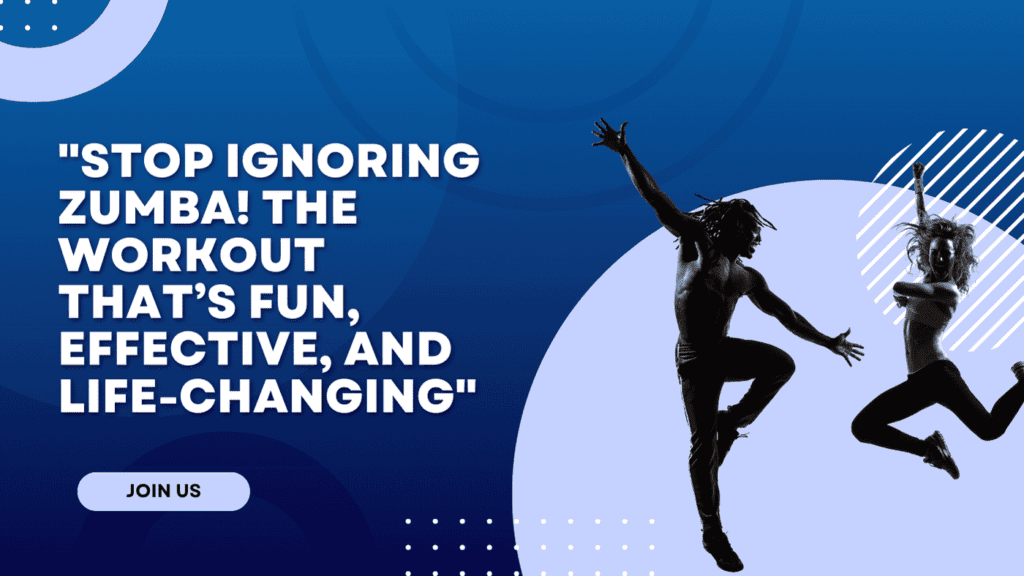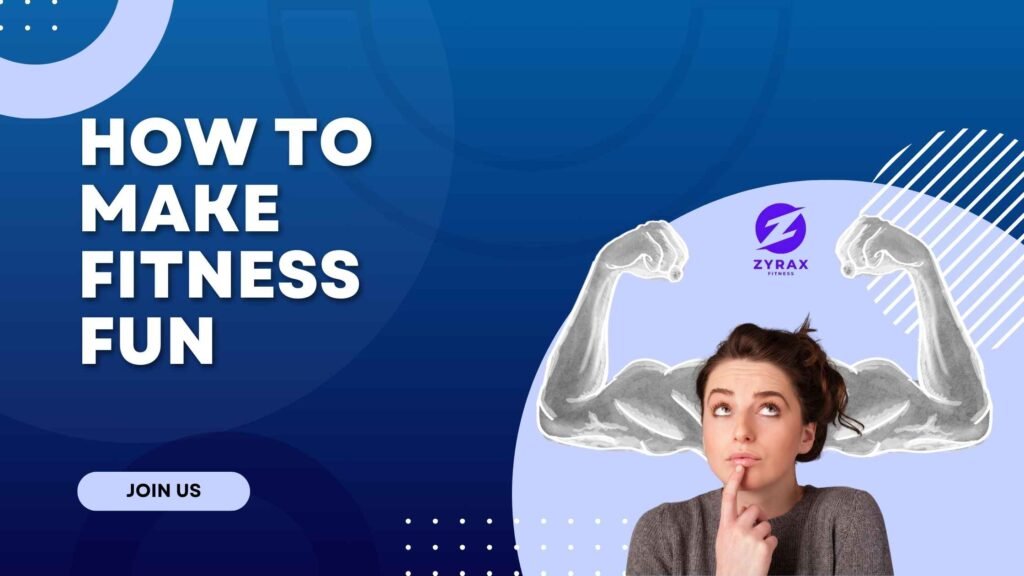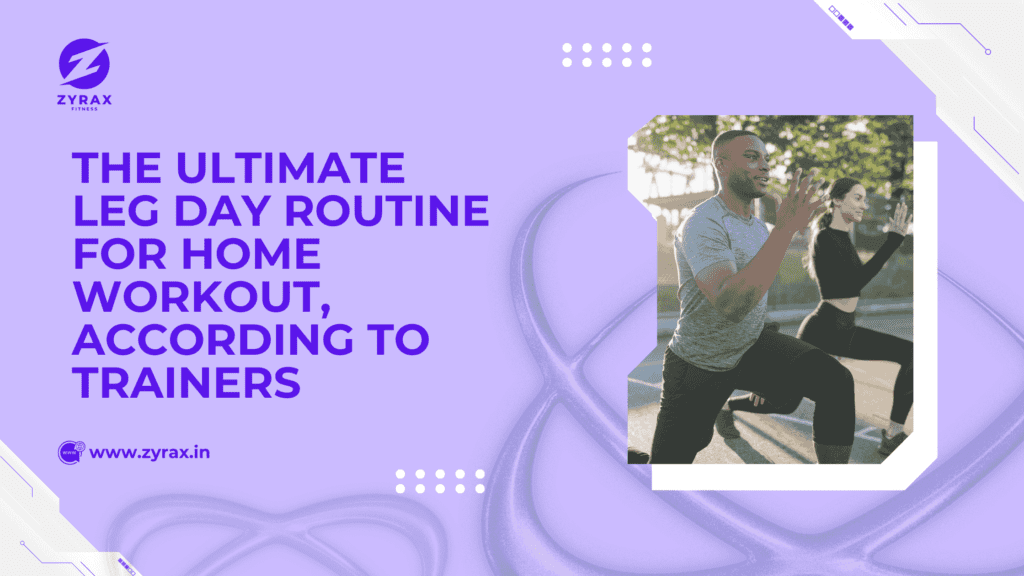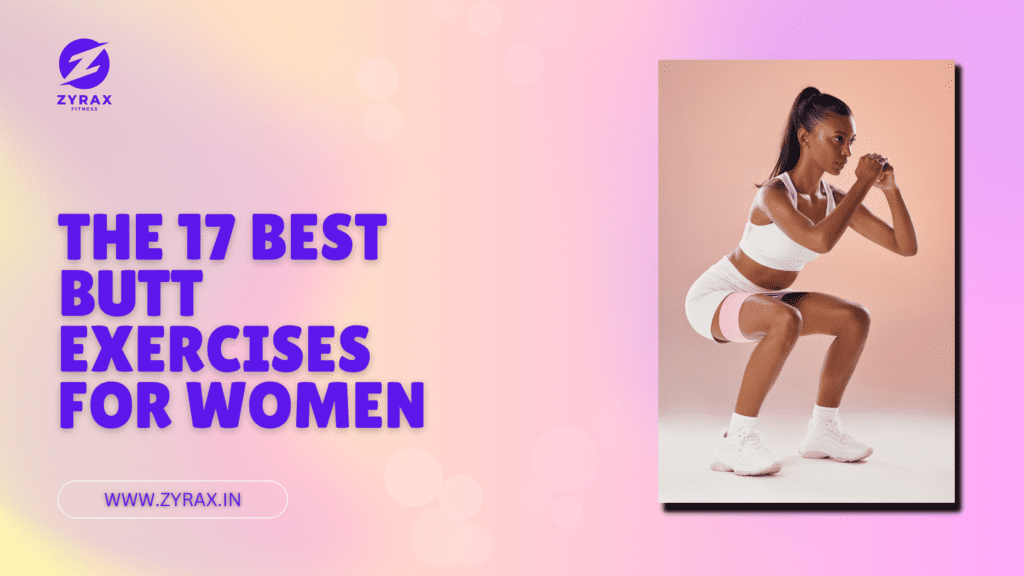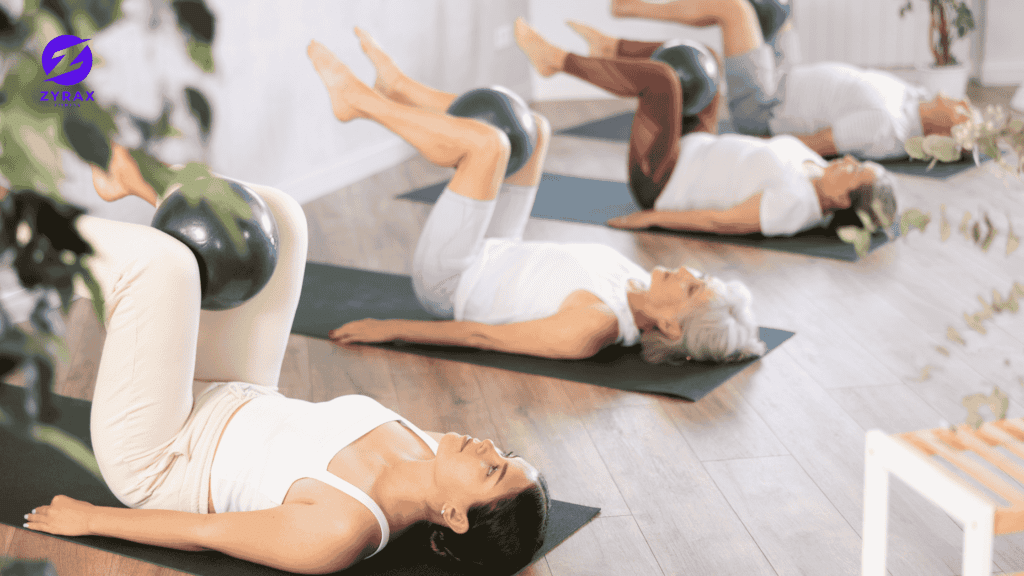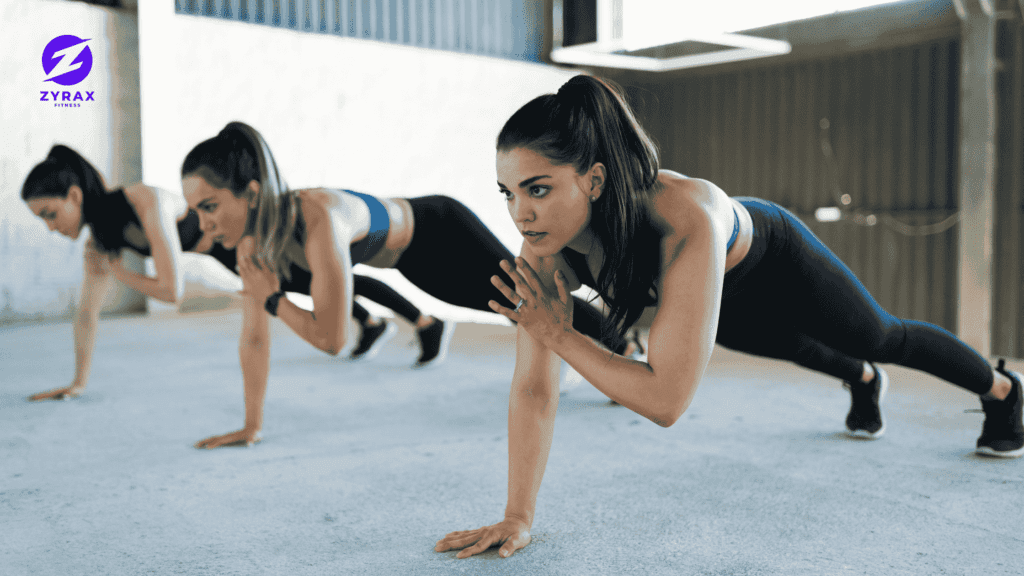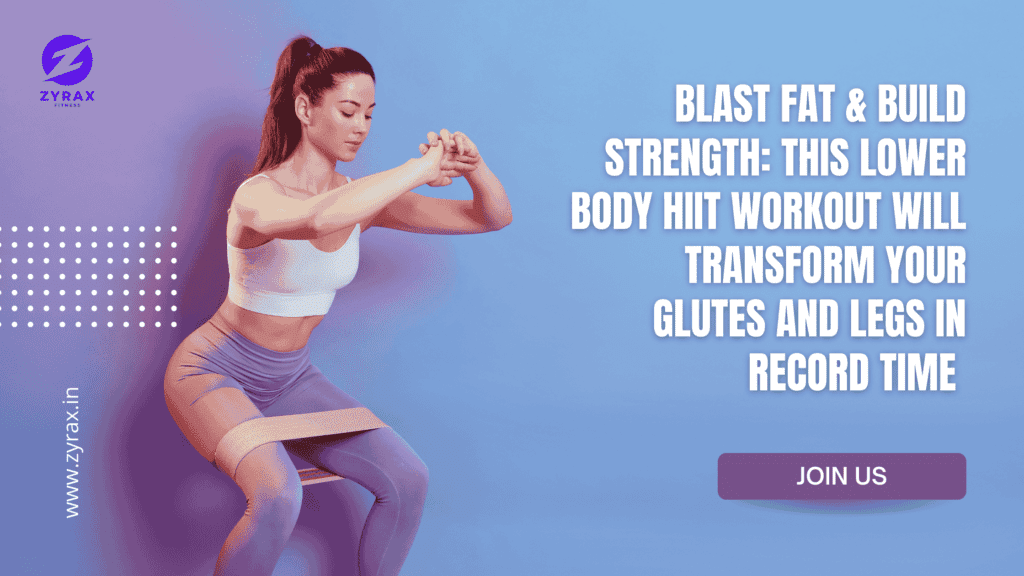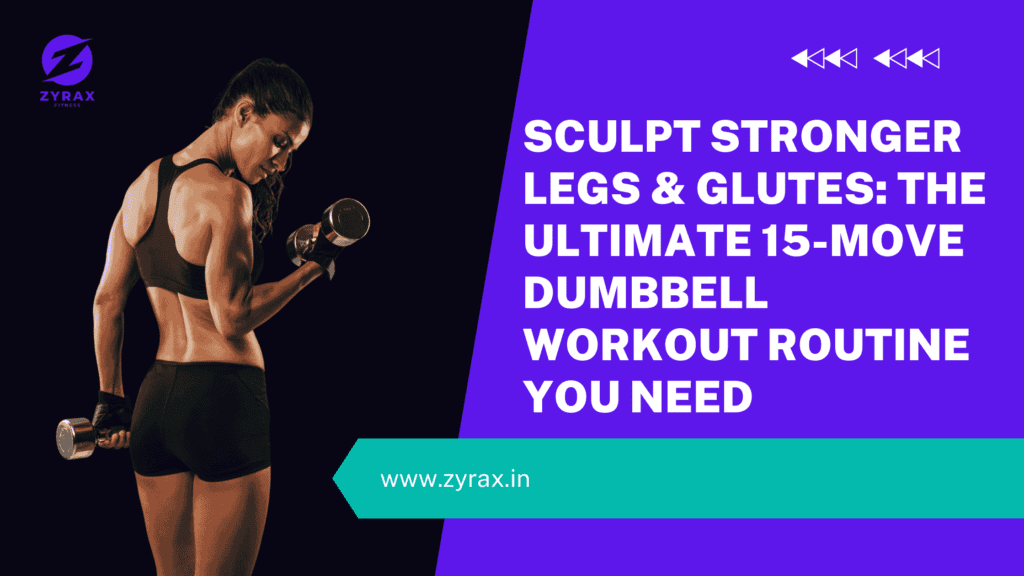Stop Ignoring Zumba! The Workout That’s Fun, Effective, and Life-Changing
Stop Ignoring Zumba! The Workout That’s Fun, Effective, and Life-Changing Zumba is more than just a traditional workout. It’s a full-body fitness experience that merges energetic dance routines with uplifting music. Unlike standard gym exercises, Zumba turns each session into an engaging and entertaining journey that doesn’t feel like a chore. For anyone looking to stay fit without monotonous routines, Zumba offers a refreshing alternative. In this blog, we’ll explore how Zumba functions as a total-body workout and why it has become a global fitness sensation. What Makes Zumba a Powerful Full-Body Workout Zumba is designed to offer a total-body workout that targets multiple muscle groups while maintaining high energy levels. Instead of repetitive sets and isolated exercises, Zumba uses dynamic movements set to rhythmic beats to engage your entire body in motion. Key Points: Combines dance with full-body cardio Keeps workouts exciting and diverse Improves heart health and endurance Boosts agility, flexibility, and coordination Offers a group-based, community-focused atmosphere Burn Calories with Every Beat – How Zumba Works At its core, Zumba is a blend of aerobic exercise and resistance training. It’s specifically designed to keep your heart rate elevated while simultaneously working different parts of the body. Why It Works: Encourages constant movement for maximum fat-burning Elevates heart rate, supporting cardiovascular health Engages multiple muscle groups: core, arms, legs, and glutes Promotes energy output and boosts metabolism Key Points: Burns 500–1,000 calories per session Uses interval-style training (HIIT) Enhances stamina and energy levels Can be done at home or in a group class Dance Moves That Sculpt – Targeted Muscle Engagement Zumba incorporates movements that naturally engage and tone your muscles. These include squats, lunges, arm raises, hip rotations, and more—all woven into a dance routine. Workout Areas Covered: Core and abdominal strength through twisting and balance moves Legs and glutes through squats, lunges, and footwork Arms and shoulders via resistance-based movements and upper-body choreography Key Points: Promotes muscle toning without weights Improves functional strength Builds endurance across the body Zumba for Weight Loss and Fat Burn If shedding pounds is your primary goal, Zumba offers a highly effective solution. Its structure mirrors high-intensity interval training (HIIT), alternating between fast and slow rhythms to maximize fat burning. How It Helps: Accelerates calorie burn through sustained motion Boosts metabolism, even after workouts end Tones multiple muscle groups for overall fat reduction Encourages consistency due to its fun and motivating format Key Points: Supports sustainable weight loss Burns belly fat and trims waistline Improves muscle definition Mental Wellness Through Dance – The Emotional Side of a Zumba Workout Zumba is not only a physical workout—it also supports mental and emotional well-being. Regular movement to music stimulates the release of endorphins, which are natural mood enhancers. Psychological Benefits: Reduces stress and anxiety levels Promotes a positive emotional state Increases social interaction and reduces feelings of isolation Boosts self-esteem and confidence through expressive movement Key Points: Enhances mental clarity Improves sleep and reduces tension Creates a positive self-image Why Zumba Is the Best Workout for Beginners and All Age Groups One of Zumba’s biggest advantages is its accessibility. You don’t need to be a skilled dancer or a fitness enthusiast to begin. Why It’s Beginner-Friendly: Offers low-impact options for seniors and those recovering from injuries Easy to follow routines that simplify complex moves No need for equipment—just a willingness to move Key Points: Great for all age groups Safe and low-impact variations available No prior fitness experience required How to Make Zumba Part of Your Weekly Workout Routine Consistency is key to seeing results. Incorporating Zumba into your weekly schedule doesn’t require an expensive gym membership or complex planning. How to Get Started: Join a local class or find certified online sessions Start with beginner-friendly videos Wear breathable clothing and comfortable shoes Keep water nearby to stay hydrated Aim for three to four sessions per week Key Points: Flexible schedule Can be done at home or in-studio Supports long-term fitness goals FAQs – Everything You Need to Know About Zumba Workouts 1. Is Zumba a good workout for weight loss? Yes. Zumba helps burn fat, improve metabolism, and tone muscles, making it ideal for weight loss when combined with a healthy diet. 2. Can Zumba replace gym workouts? Absolutely. Zumba can offer both cardio and strength training in one routine, serving as a complete gym alternative. 3. What should I wear for a Zumba class? Wear breathable, flexible workout clothes and supportive athletic shoes suitable for dancing and movement. 4. Is Zumba suitable for beginners or seniors? Yes. Zumba is low-impact and beginner-friendly. There are many classes tailored specifically for seniors and newcomers. 5. How many calories can I burn with a Zumba workout? Depending on effort and intensity, you can burn between 500 to 1,000 calories in one session. 6. Is it necessary to have dance experience to do Zumba? No dance background is needed. Zumba focuses on fun, easy-to-follow routines for all skill levels. 7. Can Zumba be done at home? Yes. There are various online Zumba classes available, making it convenient to practice at home. 8. How often should I do Zumba to see results? Aim for at least 3 sessions per week to see improvements in endurance, muscle tone, and mood. 9. What type of music is used in Zumba? Zumba includes Latin, hip-hop, pop, reggaeton, and other upbeat music styles that keep you energized. 10. Can Zumba improve mental health? Yes. Zumba stimulates endorphin production, reduces anxiety, boosts mood, and fosters social connection. Final Thoughts – Zumba: The Workout That Feels Like a Party Zumba is more than an exercise program—it’s a fitness movement that combines health, joy, and community. Its dynamic routines offer a full-body workout that strengthens the heart, tones muscles, and improves mental well-being. Whether you’re aiming to lose weight, relieve stress, or just move more, Zumba provides a comprehensive and enjoyable approach to fitness. Forget boring routines and rigid schedules. With Zumba, your workouts become moments of celebration. It’s the ultimate way to dance your way

